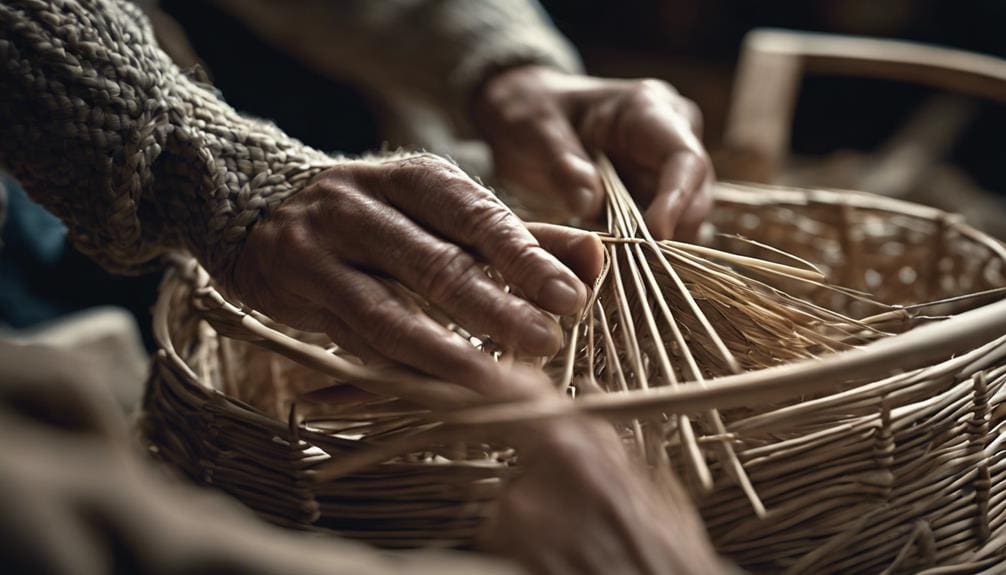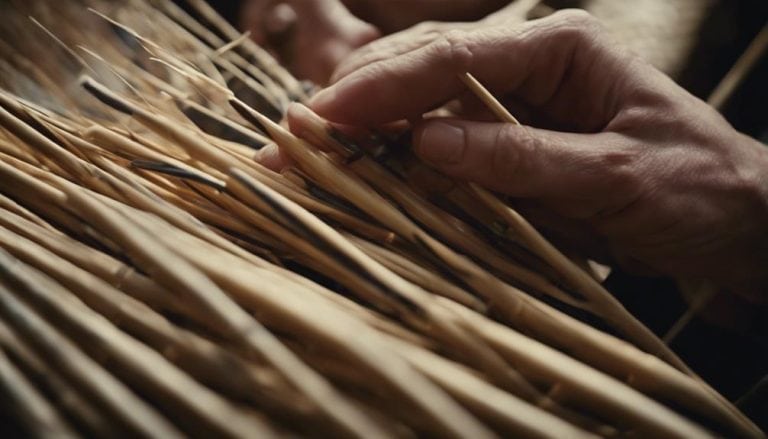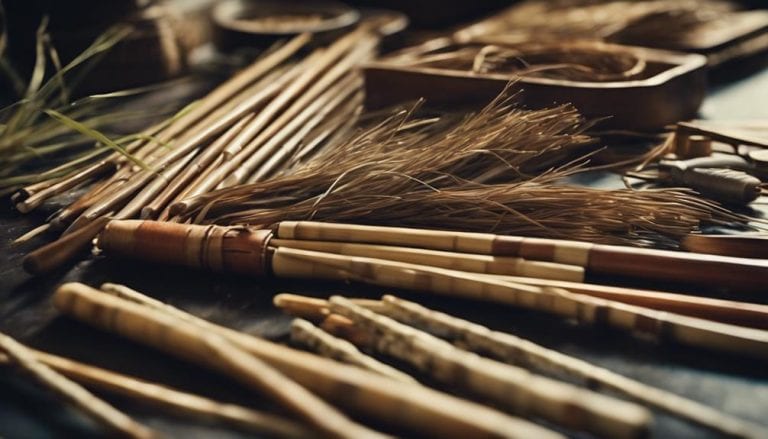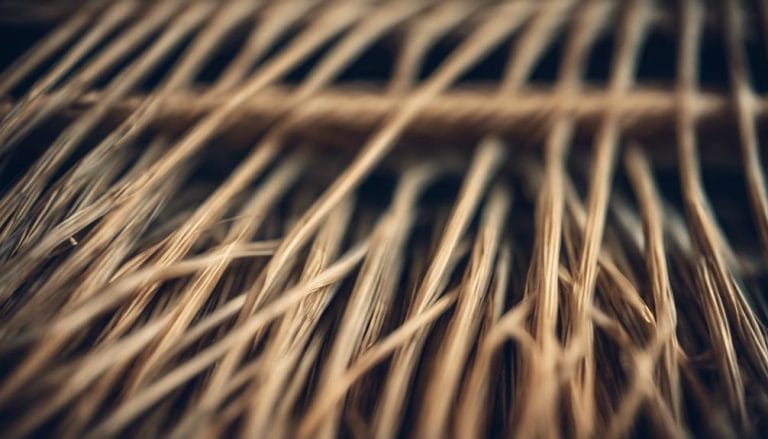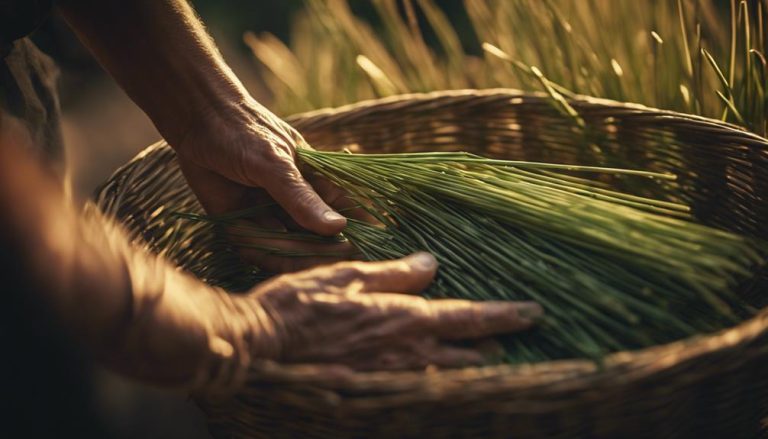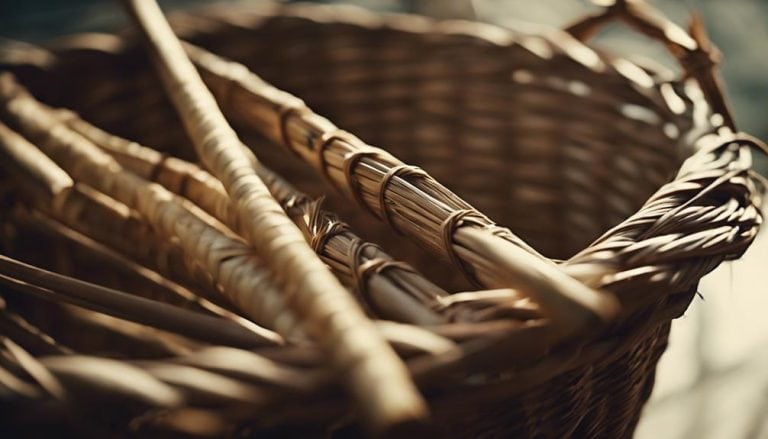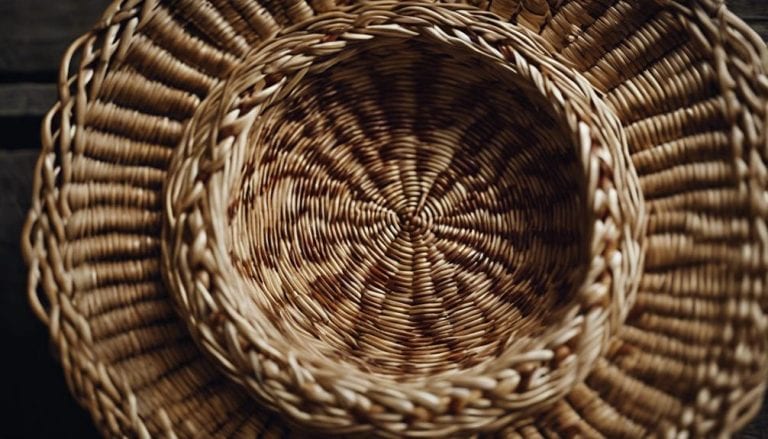Basket Weaving: Danish Cord or Rush Reeds
When it comes to basket weaving, the choice between Danish cord and rush reeds can truly define the outcome of your project. The intricate process of weaving with Danish cord offers a blend of strength and sophistication, while rush reeds bring a touch of rustic charm to the table.
Each material has unique characteristics and techniques, making the decision crucial for any aspiring weaver. The debate between these two weaving styles is not merely about preference but also the artistry and functionality they bring to the craft.
Basket weaving is a traditional craft involving various materials to create baskets. Two common materials used in Danish basket weaving are Danish cord and rush reeds. Danish cord is a type of yarn made from natural fibers, while rush reeds are long, thin, grass-like plants. Both materials can be used to create beautiful and functional baskets.
Key Takeaways
- Danish Cord offers elegant durability and intricate patterns.
- Rush Reeds provide rustic sustainability and unique texture.
- Weaving with Rush Reeds enhances hand-eye coordination and creates sturdy pieces.
- Explore creativity and maintain woven items for long-lasting beauty.
History of Basket Weaving Techniques
Basket weaving techniques have evolved over centuries, showcasing intricate patterns and designs that highlight the skill and creativity of weavers. The cultural significance of basket weaving dates back to ancient civilizations, where these woven vessels served practical purposes in daily life. From storage to transportation, baskets played a crucial role in various societies, reflecting the artistic flair and technical prowess of the artisans who crafted them.
The art of basket weaving goes beyond mere functionality; it is a form of expression that encapsulates the essence of a community’s traditions and beliefs. Through the intricate patterns and designs woven into each basket, weavers demonstrate their technical abilities and convey stories and symbolism unique to their culture.
Historical artifacts and archaeological discoveries attest to the importance of basket weaving in preserving heritage and passing down ancestral knowledge through generations. As a weaver, I find immense joy in unraveling the threads of history woven into each basket, a testament to the enduring legacy of this ancient craft.
Characteristics of Danish Cord
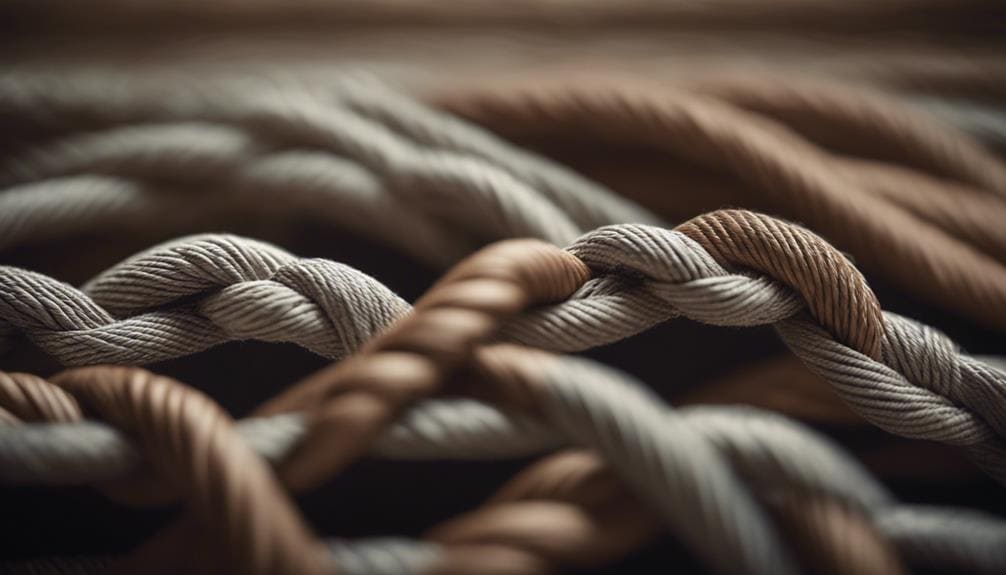
Exploring the intricate artistry of Danish Cord, one finds a tightly twisted, waxed kraft paper renowned for its application in seat weaving within Danish Modern Furniture. Danish Cord stands out for its fine texture, offering a more delicate feel than other weaving materials. Typically white or off-white, this cord adds a touch of elegance to any woven piece.
One of Danish Cord’s notable characteristics is its design flexibility. When weaving with Danish Cord, one can create various basket patterns, showcasing the unique intricacies of this material. The weaving process is a blend of technique and creativity, with the cord allowing for intricate designs and patterns that captivate the eye.
Over time, seats rewoven with Danish Cord can develop color variations and changes in the basket weave patterns, adding a layer of character and history to the furniture. These evolving characteristics make Danish Cord a versatile and visually appealing choice for seat weaving projects, embodying the beauty of traditional craftsmanship with a modern twist.
Characteristics of Rush Reeds
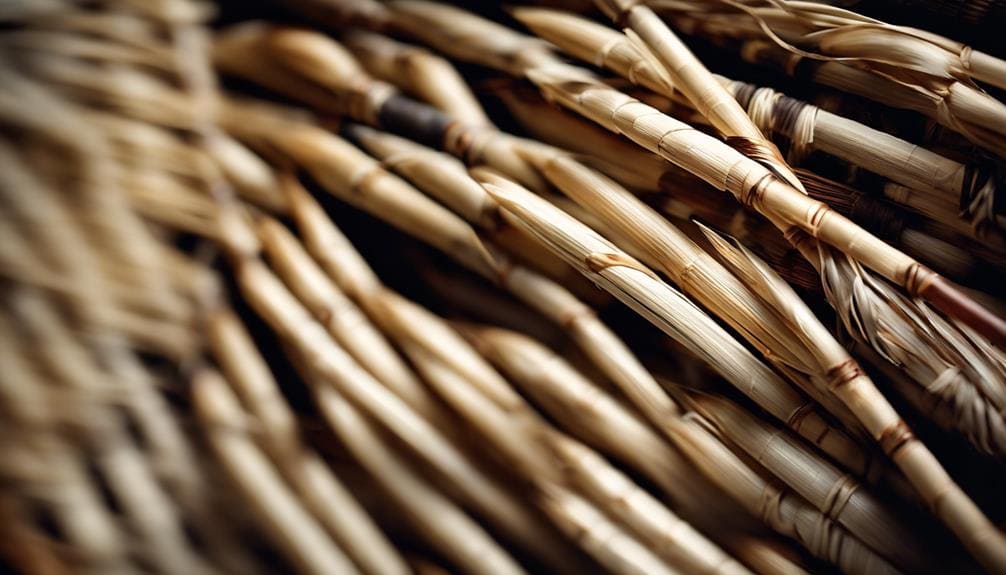
Crafted from natural plant fibers like bulrushes or cattail leaves, Rush Reeds exhibit a fine texture and tight twist, making them durable and rustic for seat-weaving projects. The labor-intensive process of harvesting and processing these natural fibers contributes to their unique characteristics.
The fine texture of Rush Reeds results from the meticulous twisting method employed during their creation. This attention to detail enhances their aesthetic appeal and ensures their natural durability. When woven into seats, Rush Reeds bring a touch of rustic charm, adding an organic look to the finished piece.
Their ability to withstand wear and tear makes them popular for traditional seat weaving techniques like Danish cord weaving. The intricacy of their composition and the effort put into crafting them highlight the artistry and skill required to work effectively with Rush Reeds.
Pros and Cons of Danish Cord
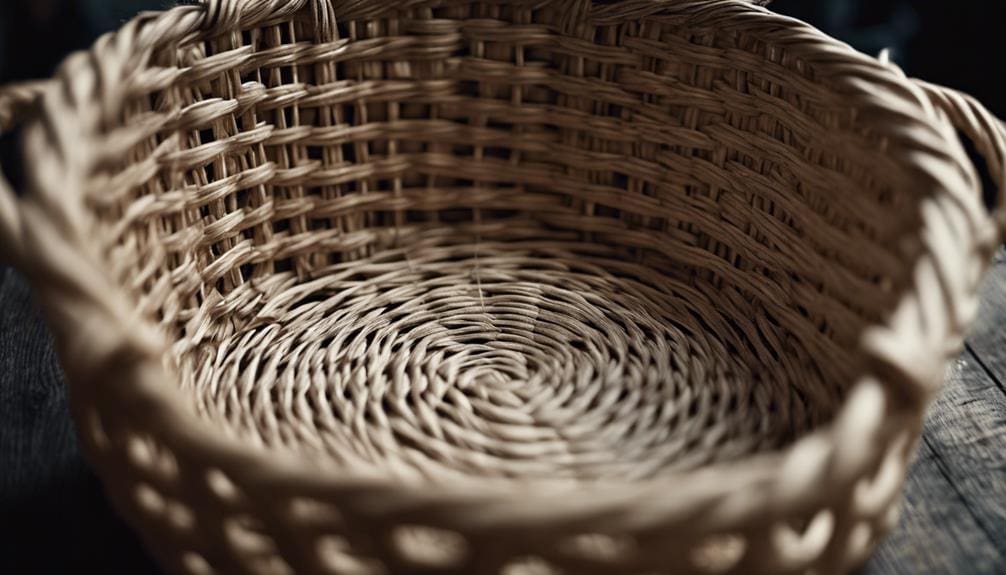
When considering Danish Cord for seat weaving projects, one may appreciate its fine texture and durability, making it a popular choice in furniture craftsmanship. Danish Cord is renowned for its ability to withstand daily use while maintaining a sophisticated appearance. Its intricate patterns, such as the basket weave, add a touch of elegance to any chair design. Let’s delve into the pros and cons of Danish Cord through a detailed analysis:
| Pros | Cons |
|---|---|
| High Durability | Labor-Intensive |
| Versatile Material | Limited Color Options |
| Elegant Appearance | Slightly Higher Cost |
| Intricate Patterns | Specialized Skills |
Danish Cord’s durability ensures longevity in seat weaving projects, while its intricate patterns elevate furniture’s aesthetic appeal. However, the labor-intensive process and limited color options may challenge some craftsmen. Despite these drawbacks, Danish Cord remains a favored choice for those seeking a blend of durability and intricate design in their woven furniture pieces.
Pros and Cons of Rush Reeds
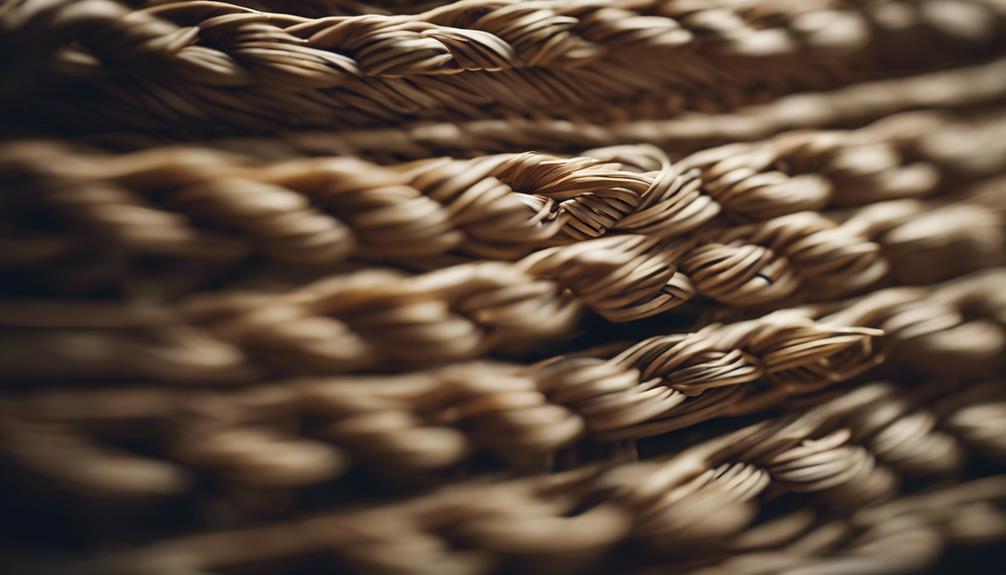
Rush reeds, known for their natural and eco-friendly qualities, offer a rustic and traditional aesthetic to furniture pieces. Their sustainability benefits make them ideal for environmentally conscious individuals seeking to incorporate natural materials into their homes. Their unique texture and earthy tones add a touch of warmth and character to chairs and other woven furniture items.
Regarding durability considerations, rush reeds are robust and can withstand regular use, making them a practical option for seat weaving. The flexibility and resilience of rush reeds also contribute to a comfortable seating experience, enhancing the overall comfort of chairs. However, despite these advantages, weaving with rush reeds presents its challenges.
The process can be labor-intensive, requiring patience and meticulous attention to detail to ensure a well-crafted and sturdy final product. Rush Reed’s aesthetic appeal and durability make them a compelling choice for those looking to create timeless and sustainable furniture pieces.
Techniques for Weaving With Danish Cord
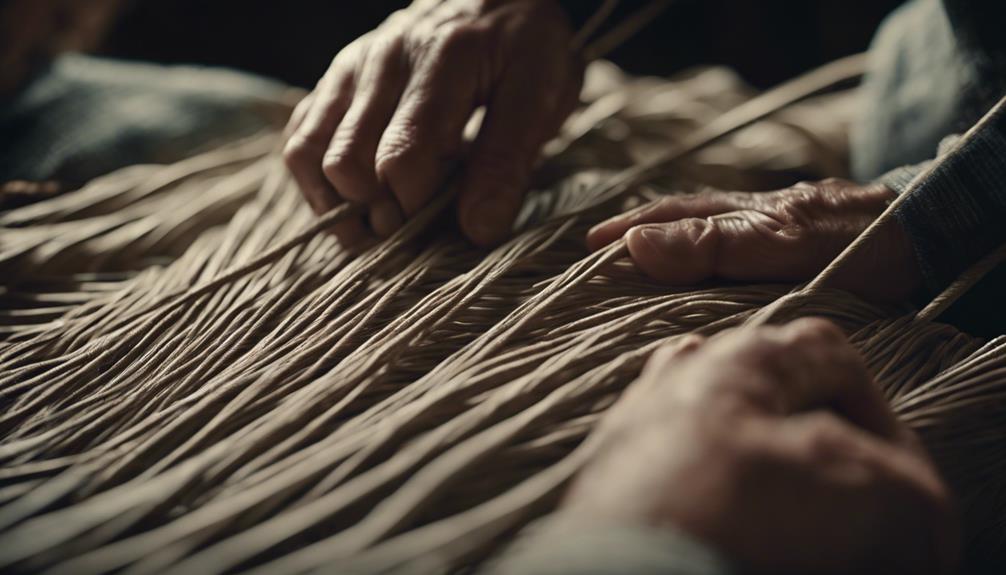
Utilizing Danish cord for weaving entails mastering intricate patterns, such as basket weaving and unique designs, to achieve a distinct look and feel in Danish Modern Furniture seat weaving. Attention to detail and technique are paramount when weaving with Danish cord to ensure a high-quality finished product.
Here are some essential techniques for weaving with Danish Cord:
- Tension Control: Maintaining proper tension throughout the weaving process is crucial. Consistent tension ensures an even and secure weave, contributing to the durability and aesthetics of the final piece.
- Intricate Patterns: Experimenting with various weaving patterns beyond the traditional basket weave can add a touch of creativity and uniqueness to your Danish Cord projects. These patterns can elevate the overall design and make your work stand out.
- Hand Weaving: Hand-weaving Danish Cord allows greater control and precision, resulting in a more customized and artisanal finish. The tactile experience of hand weaving also adds a personal touch to each piece.
Techniques for Weaving With Rush Reeds
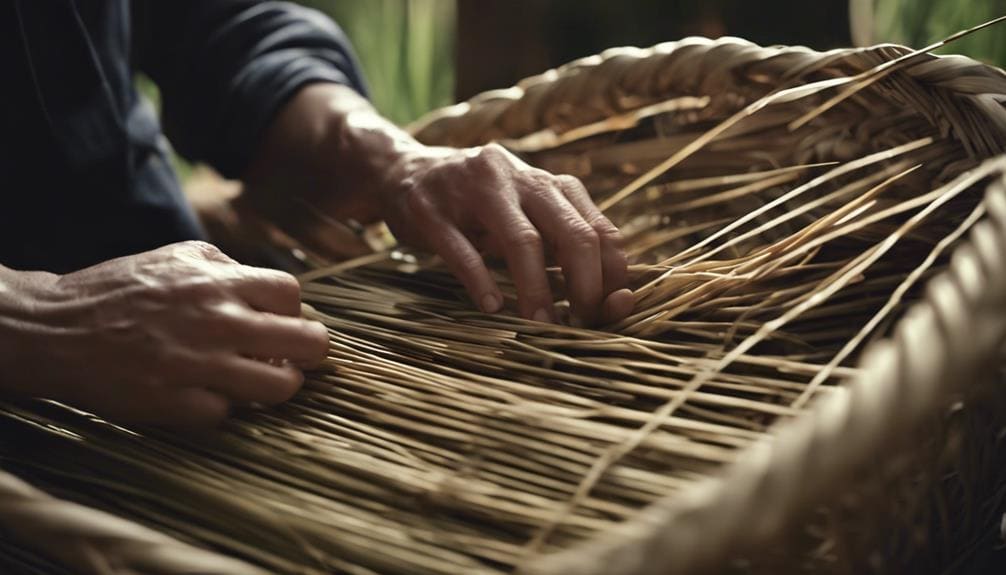
Mastering weaving with rush reeds requires precise technique and a deep understanding of the material’s characteristics and behavior. Rush reeds, a natural material known for their durability and flexibility, must be soaked in water to manage moisture, making them pliable for manipulation.
This crucial step allows weavers to create intricate patterns, enhancing the handcrafted beauty of the final product. When interwoven in specific patterns, rush reeds form a sturdy and attractive seat, perfect for traditional seat-weaving projects.
Unlike Danish cord weaving, which utilizes twisted paper rope for a finer texture, rush reeds offer a unique aesthetic appeal and a different weaving experience. By comprehending the techniques involved in weaving with rush reeds, one can elevate one’s skills in seat weaving, unlocking the potential to create beautiful and functional pieces that showcase the versatility and charm of this traditional craft.
Frequently Asked Questions
What Is the Difference Between Fiber Rush and Danish Cord?
The distinction lies in their materials when comparing fiber rush and Danish cord. Fiber rush, made of twisted paper, suits everyday seating with a labor-intensive weave. Danish cord, a finer twisted paper rope, offers durability and elegance through smoother weaving techniques.
Is Danish Cord Laced or Unlaced?
Danish Cord can be laced or unlaced. Unlaced Danish Cord offers a smoother feel. The pros of unlaced fabric include comfort, while laced fabric provides a secure weave. Cons of unlaced are potential snagging, while laced may be stiffer.
What Is the Difference Between Rush and Cane Seating?
I’ll explain the distinction between rush and cane seating. Rush, a traditional choice, offers a rustic charm but demands meticulous craftsmanship. In contrast, a modern trend cane provides durability and a sleek look for contemporary preferences.
What Are the Different Types of Danish Cord Weaving?
I use Danish Cord for seat materials, employing weaving techniques like anchoring on frames. Unlaced Danish Cord offers a smooth, modern look, while Laced Danish Cord is more pronounced. Both types require labor but result in durable and visually appealing seats.
Conclusion
In the intricate world of basket weaving, Danish cord, and rush reeds stand out as unique materials with distinct characteristics. Like threads in a tapestry, they intertwine to create pieces that are not only functional but also beautiful works of art. Just as a skilled weaver carefully crafts each intricate pattern, these materials add depth and texture to furniture, bringing a touch of elegance and sophistication to any space.

